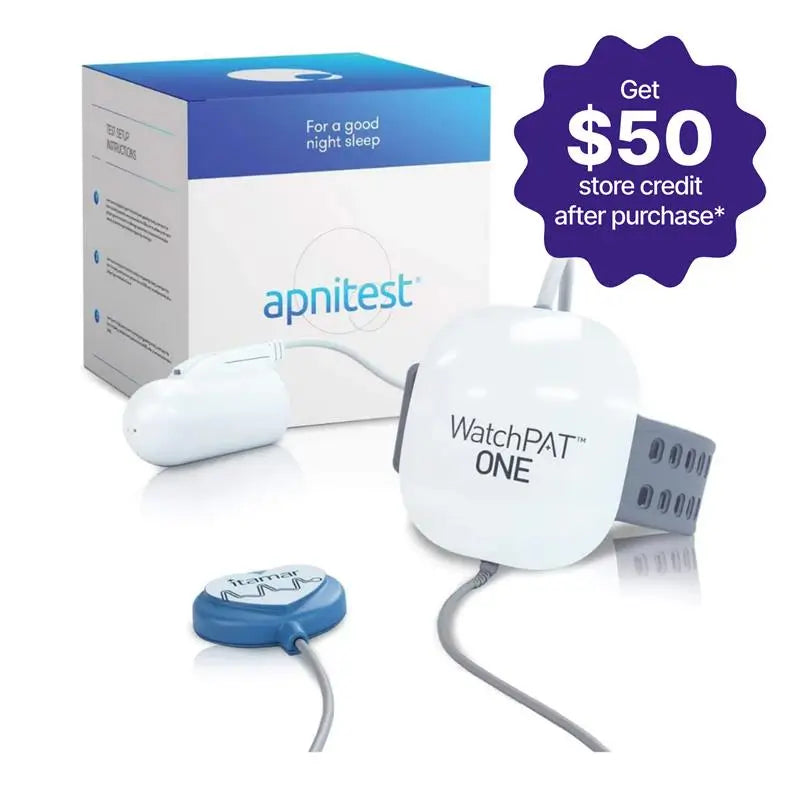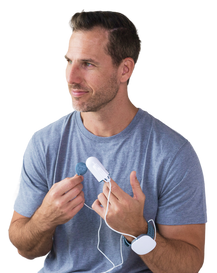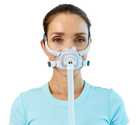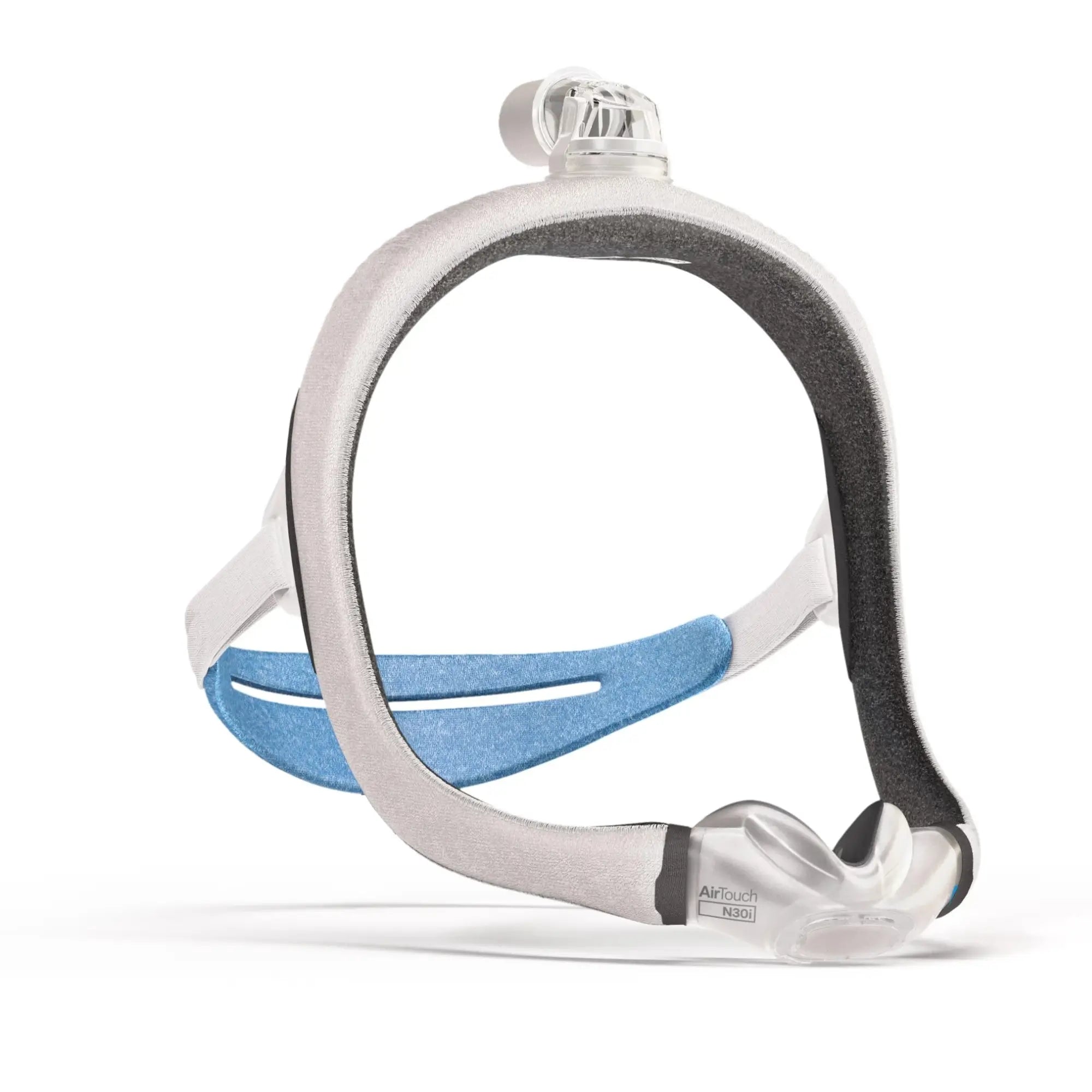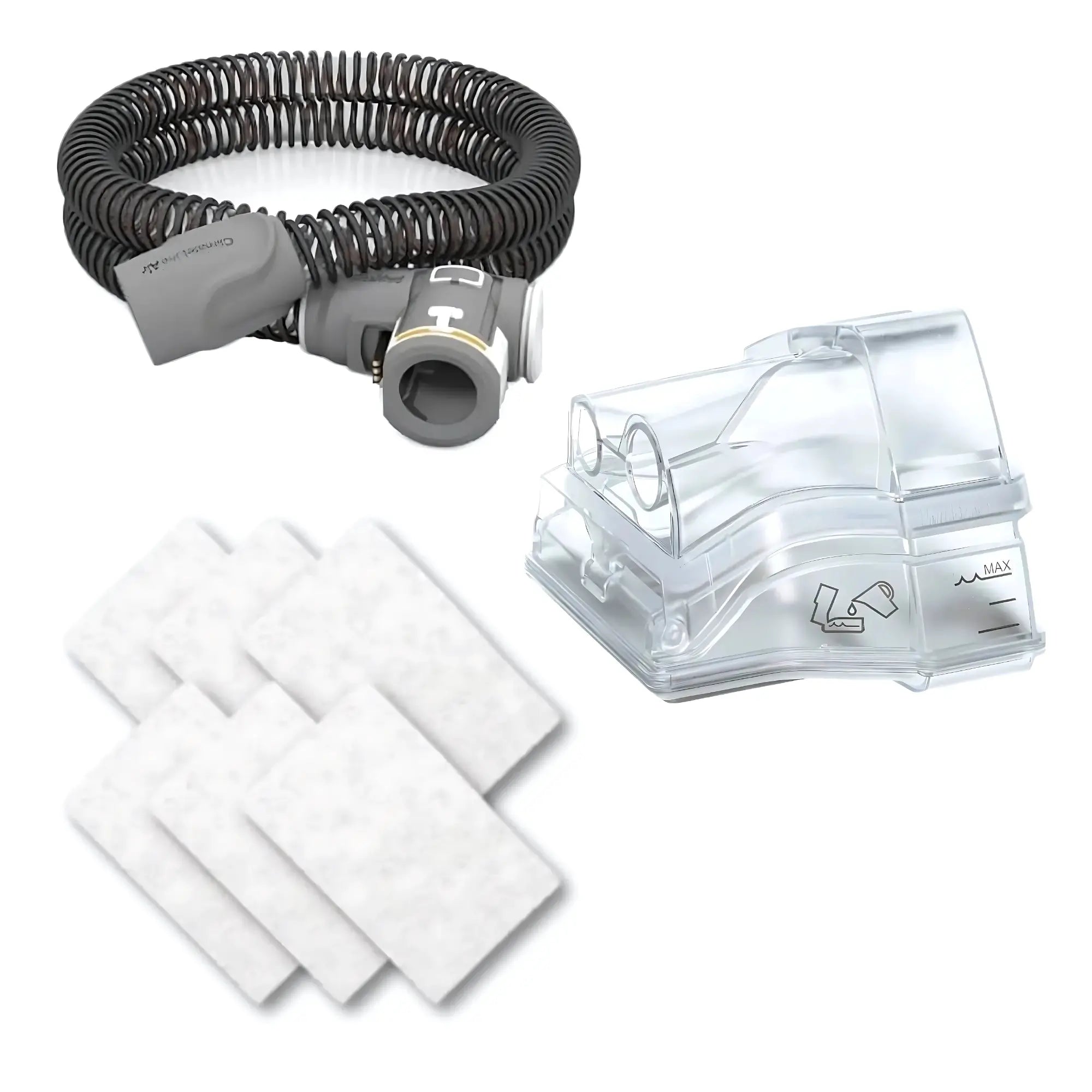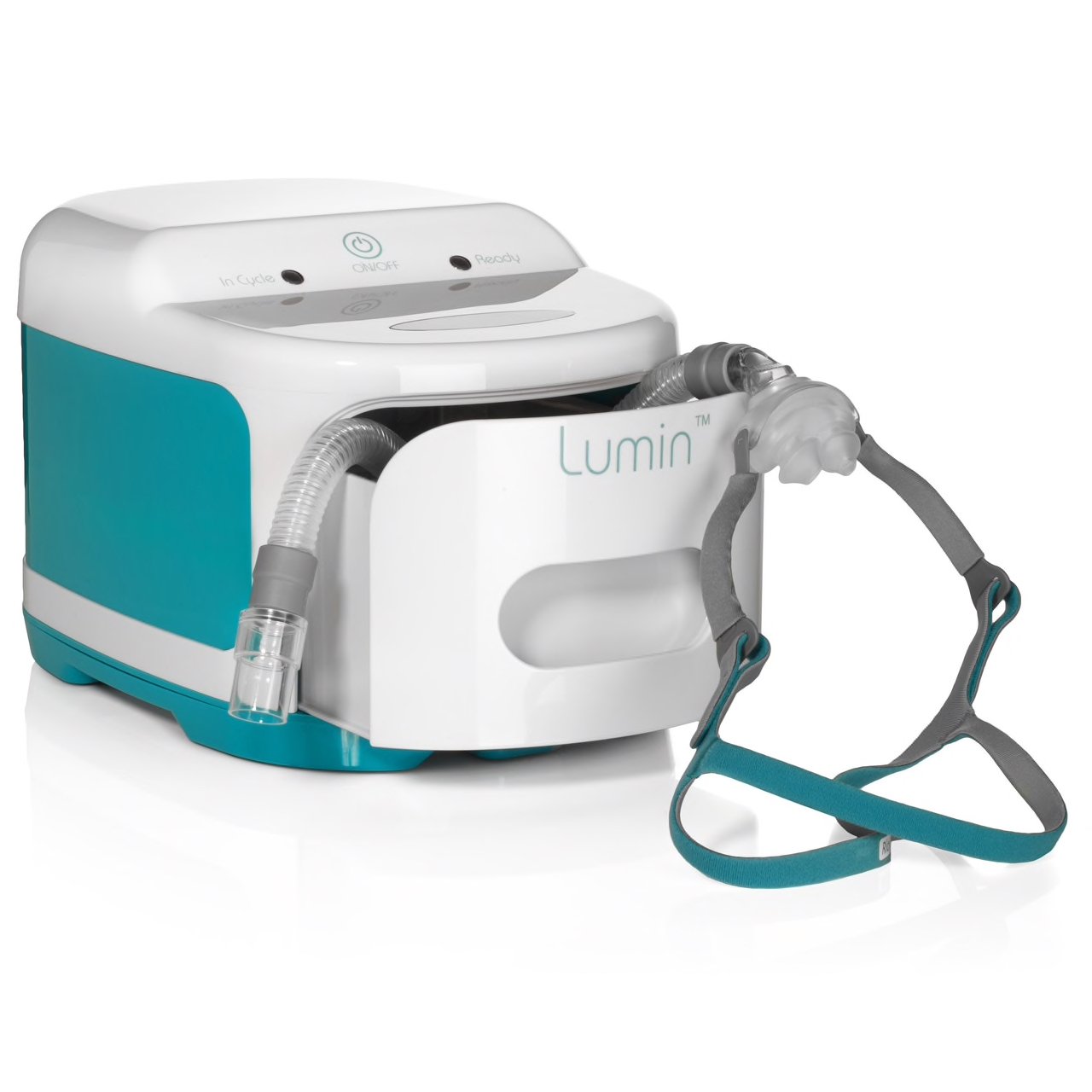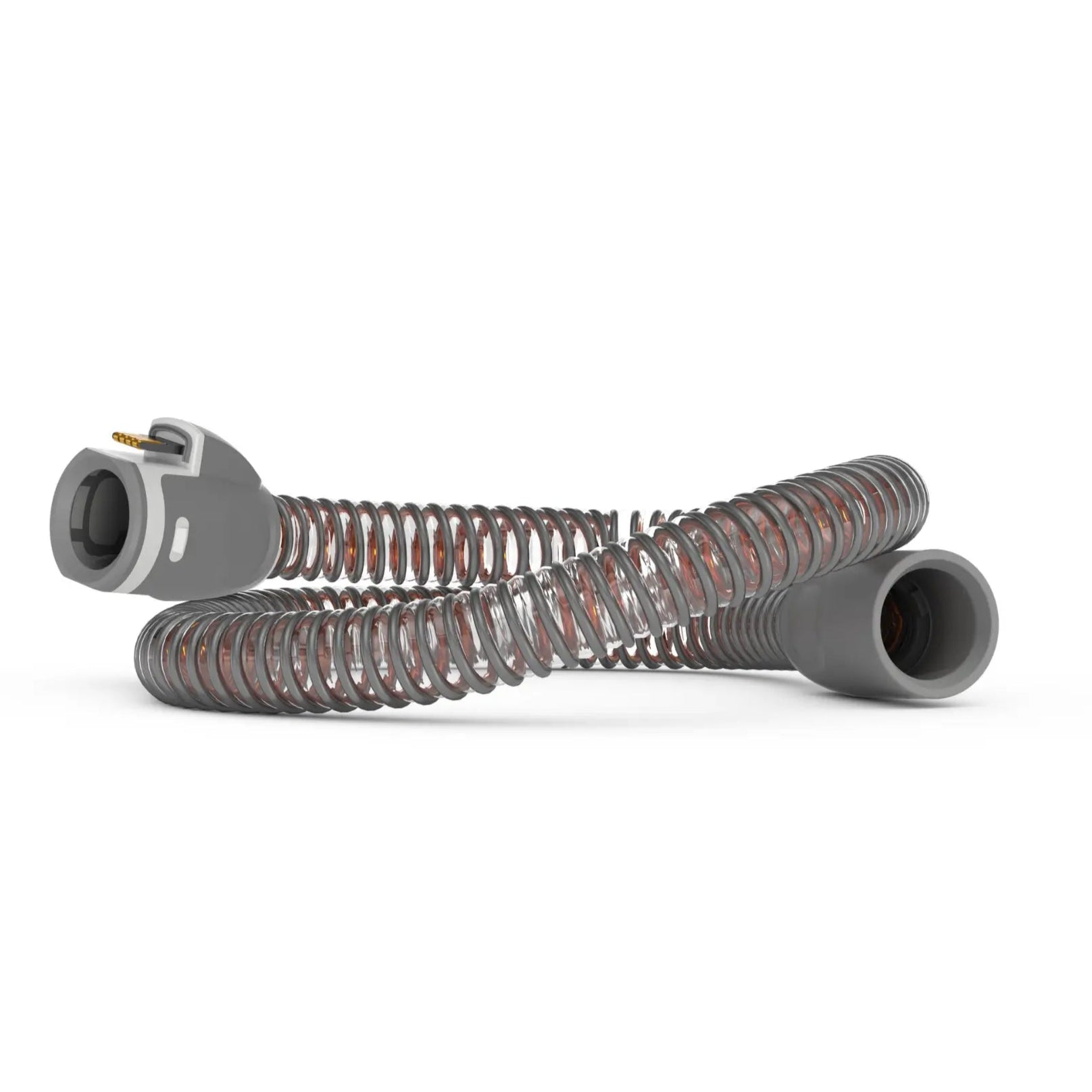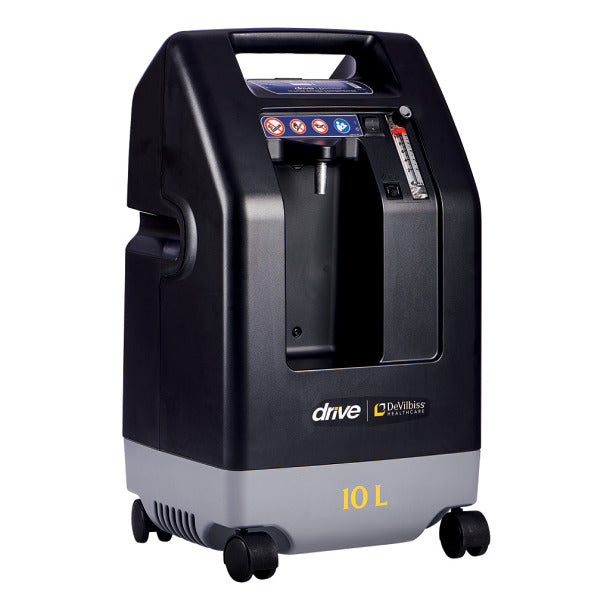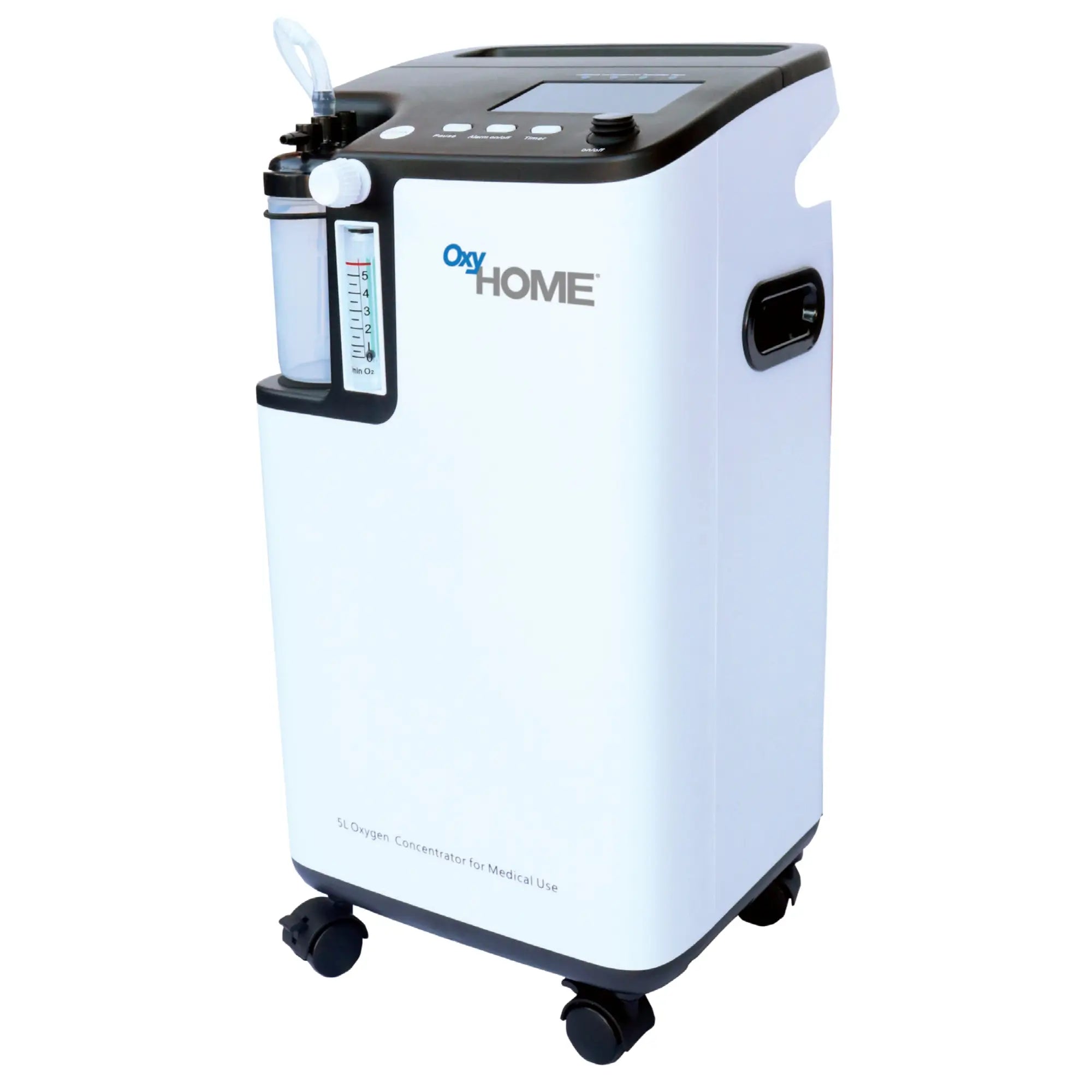The short answer would be to go see your physician to have him or her change your pressures, or they can also order an auto-adjusting CPAP. We now live in a technological age where a lot of information can be easily obtained online but that is not the correct way to handle your CPAP pressure settings. When your CPAP pressures are set too high or too low on your CPAP machine it can be devastating because you will not be able to tolerate your therapy.
At the same time having the incorrect pressure that does not correct your events would be waisted discomfort because you will not benefit from the therapy and still have the discomfort of sleeping with a CPAP machine. For these reasons we would recommend you see a sleep specialist to have them order your CPAP pressure settings and avoid getting yourself into a sticky situation.
Now if your initial start pressure is set to high you can add a ramp which you can set lower to help you fall asleep with less pressure but the preset pressure will not be changed, it would be delayed. This feature along with finding the right style of the mask are keys to helping patients adjust to the CPAP pressure.
What does the mask have to do with the pressure you might say. Well, the mask is a key element to helping patients adjust to the pressure being provided by your CPAP machine. If your a mouth breather and you are using a nasal mask the pressure coming out of the machine will have you in discomfort because you are unable to create the seal needed for your therapy. As well as if you are claustrophobic, having anything cover your face will have you thinking that the pressure from the machine is unbearable. These are factors that need to be taken to account when you are having trouble with your CPAP settings as it might not be just the setting that is causing the discomfort.
What are Continuous Positive Airway Pressure (CPAP) Settings?

Your CPAP setting is the optimal pressure found by your sleep study to correct your sleep apnea and is usually determined by a titration study, or you can be placed on an auto CPAP (APAP) with a pressure minimum and a pressure maximum Example (4-20) cm H2o (centimeters of water pressure). This will be typically prescribed for you if you had a home sleep study (HST) done or were unable to adjust to a fixed pressure throughout the night.
Your settings are prescribed by the treating physician to ensure you are receiving the optimal therapy for your sleep apnea. These settings are already preprogrammed into your CPAP device prior to the delivery and can only be accessed through a clinical menu that is designed for clinician use only to prevent settings being accidentally changed or patients doing harm without knowing by adjusting the settings on their device.
Your titration study is what determines the correct CPAP pressure settings to correct your apnea-hypopnea index or (AHI). This is an integral part of even beginning CPAP therapy, to correct your AHI, so you do not continue to have your apneic events. CPAP settings are the amount of air pressure that it takes to maintain a patent airway and if you feel that your pressure needs adjusting maybe an auto-adjusting device is the best option for you to avoid any possible mistakes.
Auto-Adjusting (APAP) Settings
CPAP therapy can be provided by a fixed pressure CPAP meaning there is only one pressure setting or by an APAP which has two pressure settings a minimum and a maximum. Not to be confused with a Bilevel often to referred to as BIPAP that is a registered trademark of the Phillips Respironics company which has also had two pressure settings but one is for an inhalation pressure (IPAP) and the other for exhalation pressure (EPAP) and is another therapy altogether.
APAP provides one constant pressure during inhalation and exhalation and fluctuates depending on the algorithm of the machine which detects events and adjusts the pressure to correct the said event. With an APAP usually, it is not required to have a titration study and a simple Home Sleep Study (HST) is sufficient to have a doctor prescribe you an APAP. But for patients that are currently on a fixed pressure setting determined by a titration study can also be candidates for an APAP if they are failing to use the machine due to the discomfort from the pressure setting. For patients with severe sleep apnea or any core morbidities like congestive heart failure (CHF) or diabetes a traditional sleep study would be a better option.
Bilevel (BIPAP) Settings
Bilevel settings are not to be confused with APAP settings as explained previously they are different and are for two different modes of therapy. On Bi-level therapy, you will have the IPAP and the EPAP which will be different. The difference between the two examples: IPAP 15, EPAP 5 =10 is the pressure support and is used to help the patient exhale.
Bilevel therapy can be used to treat obstructive sleep apnea (OSA), central sleep apnea, complex / mixed sleep apnea, or any other respiratory-related issues as now you have added pressure support and is found by many patients to be a more comfortable option when they are having trouble exhaling on standard CPAP therapy. Settings on your BIPAP machine should also be adjusted under the supervision of your physician to ensure proper settings are achieved. Optimal therapy is always best as you want to optimize the quality of life of the patient that is being treated.
What are the Side Effects of Incorrect Pressure Settings?

If your pressure levels on your CPAP machine are not set properly you can have many side effects that come with it. From daytime sleepiness to having your bed partner hear you snore, or aerophagia which is when you swallow too much air that causes symptoms like bloating, belching, or stomach pain these side effects can be the same or worse than not having any treatment. With high-pressure settings, you tend to see aerophagia and is a common side effect of CPAP therapy.
Typically with lower pressures you will have obstructions still occurring in the upper airway and still having the same symptoms you had without treatment because the airflow is not adequate for the obstructions that are occurring. The main thing you are looking for with your sleep apnea treatment is to have a quality night's sleep whether you have an hour of sleep (not recommended) or you have a full night's sleep, and the different pressure settings can be the main factor.
Finding Comfort with your CPAP Settings
To find comfort with your CPAP therapy is something that takes trial and error but typically it does not have to be altering the pressure settings as there are more options to help you find comfort. One of the biggest factors with finding comfort is usually the CPAP mask that you are currently using whether it be a full face mask, nasal mask, or a nasal pillow the mask is a key factor in being able to adjust to the pressure settings.
Another one of the factors that can help you accommodate the CPAP settings is humidification, having a humidifier on your CPAP will help you avoid any dryness and make the therapy more comfortable. Machines like the Resmed Airsense 10 have a built-in heated humidifier or the Phillips Respironics DreamStation which has the humidifier as a detachable option. Either way, when trying to find comfort from your CPAP settings, it is not always the setting that needs to be adjusted which is a good thing to keep in mind.


